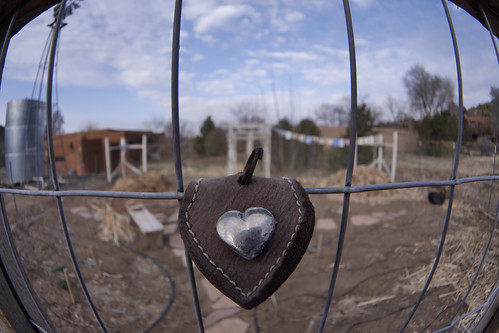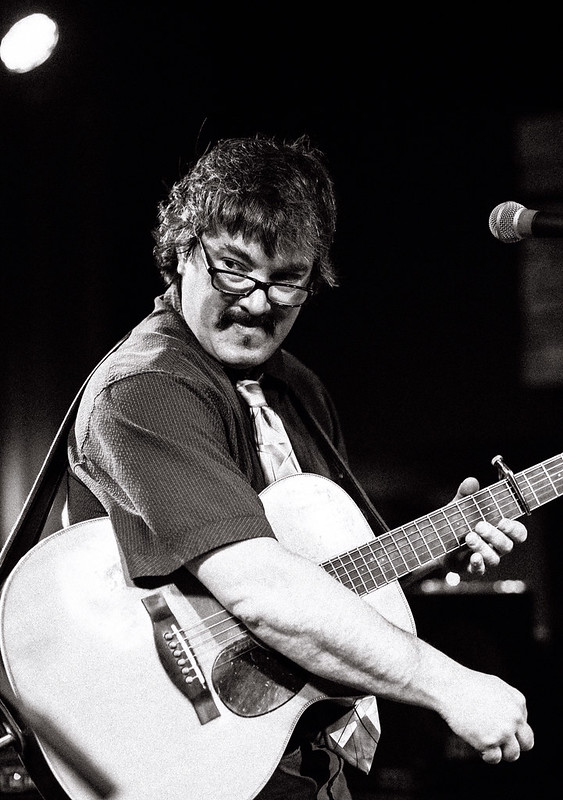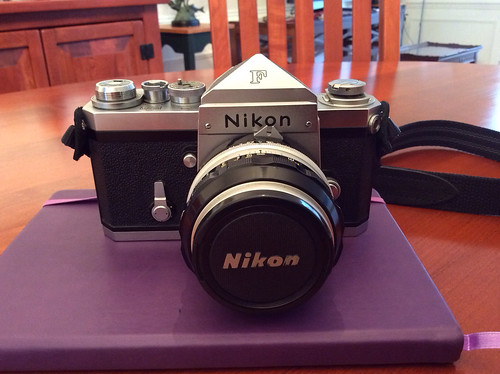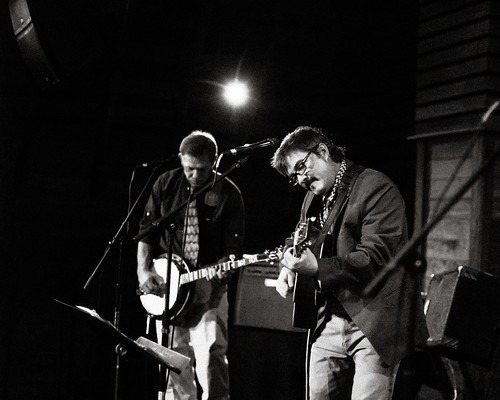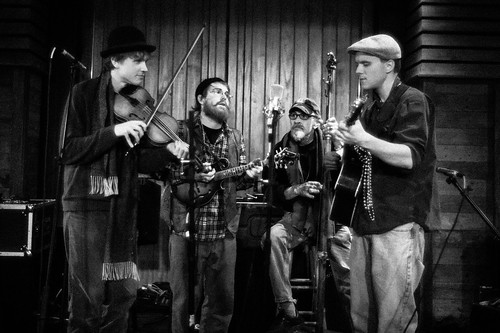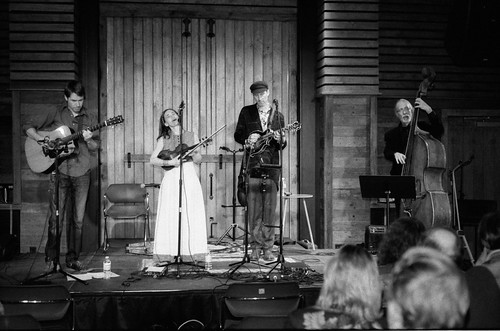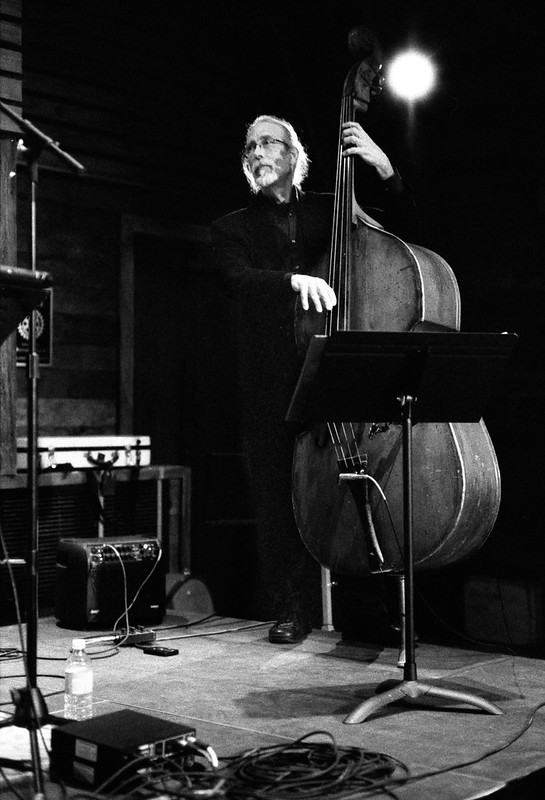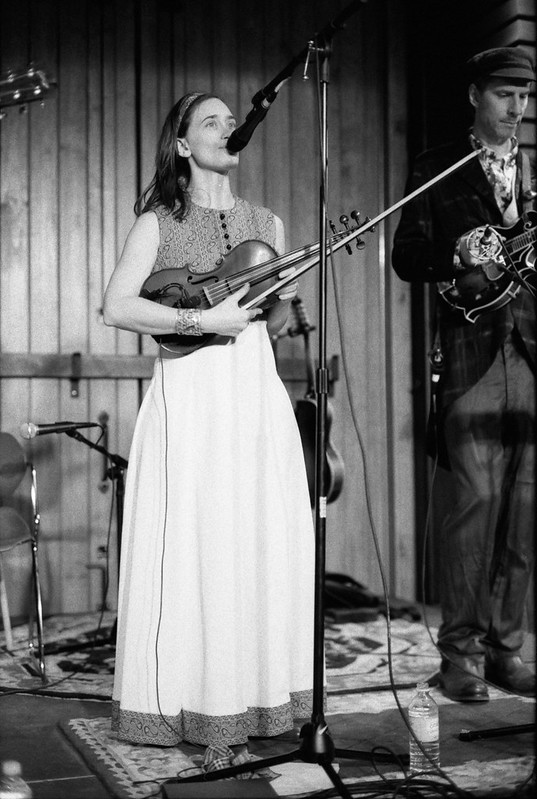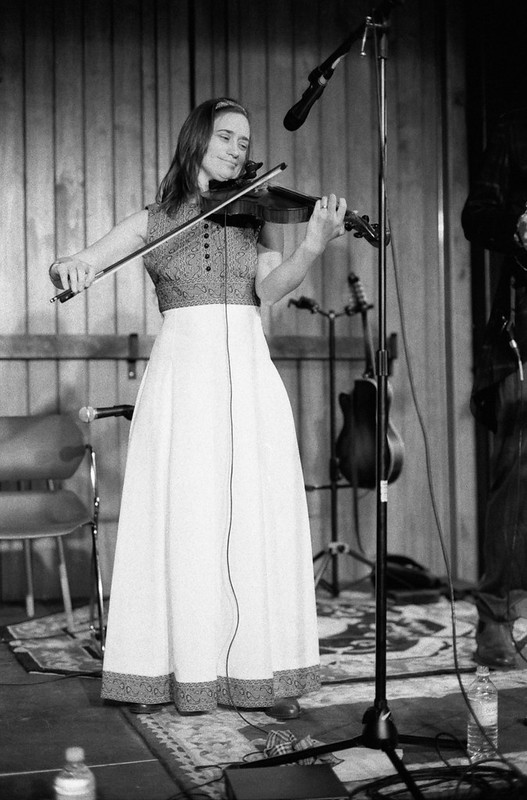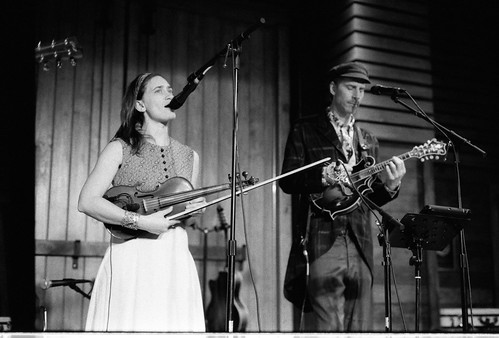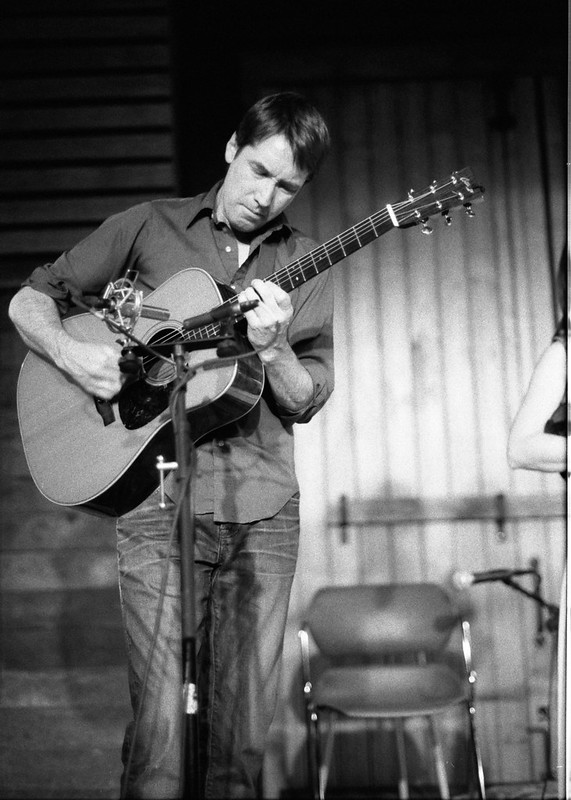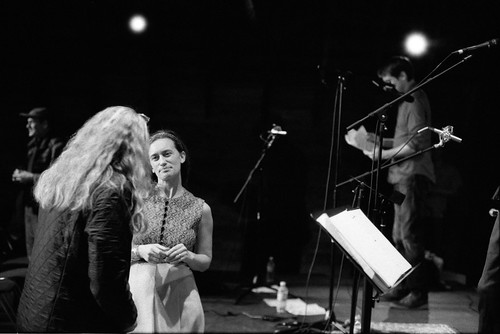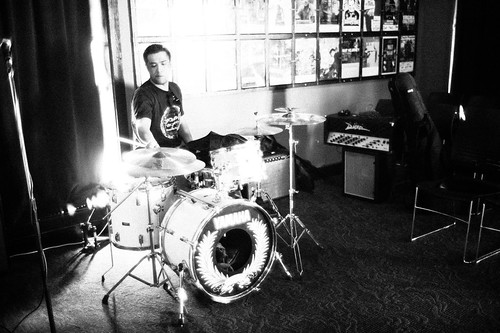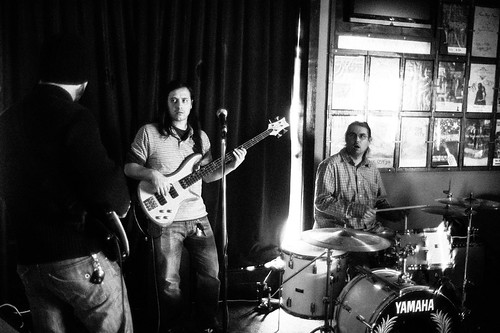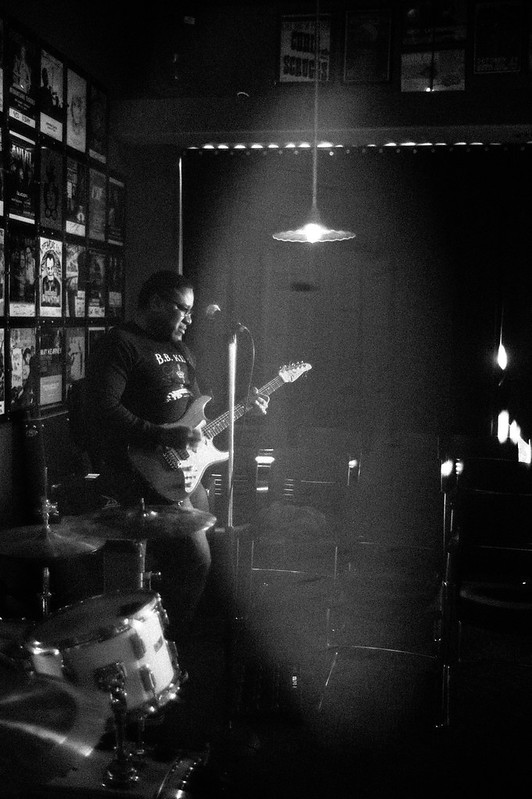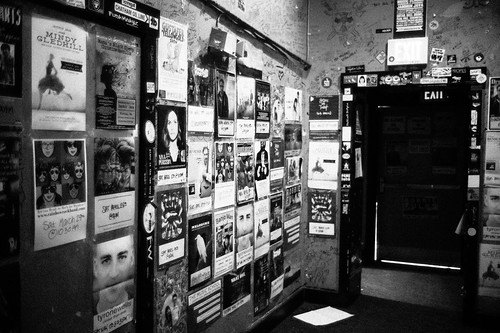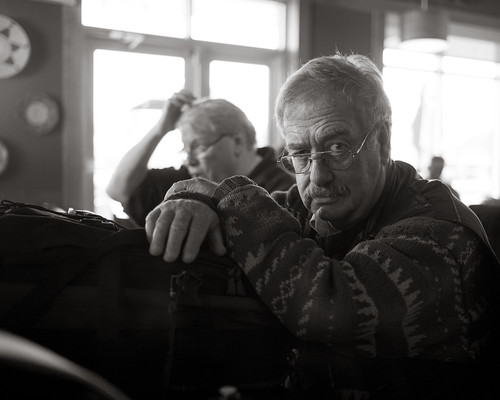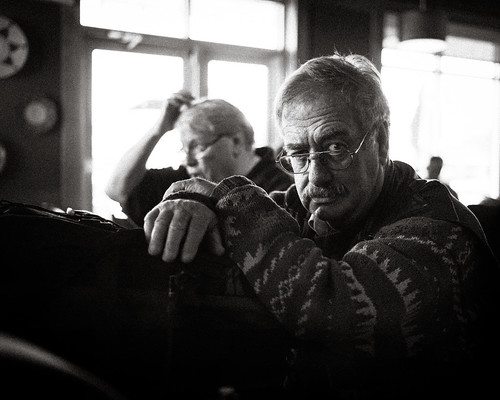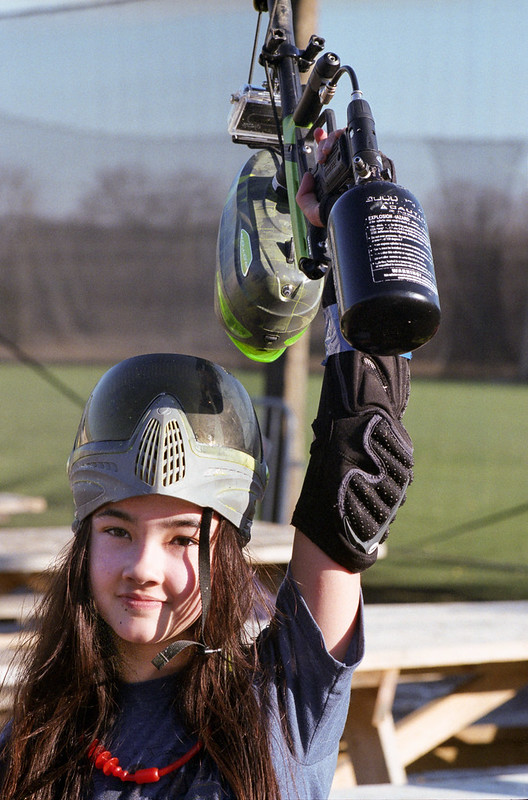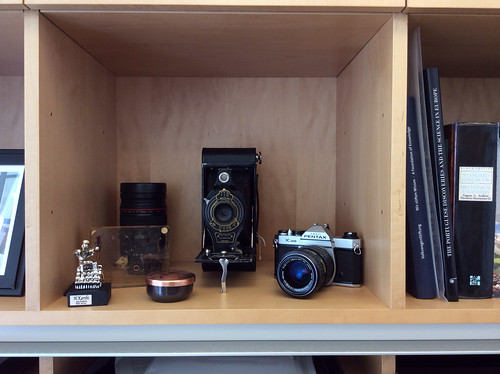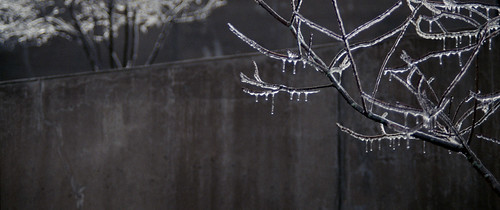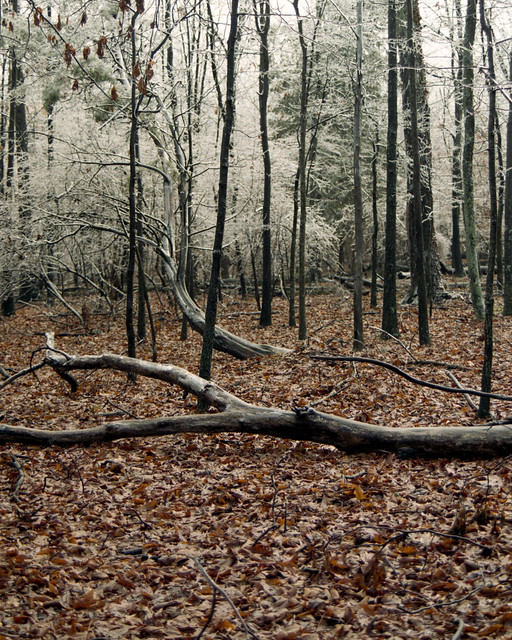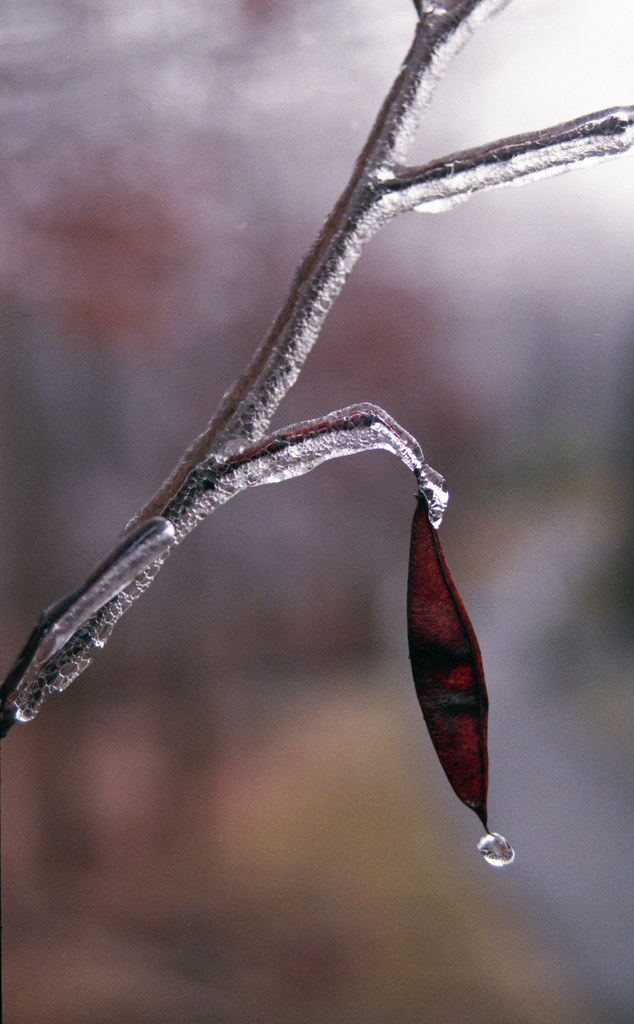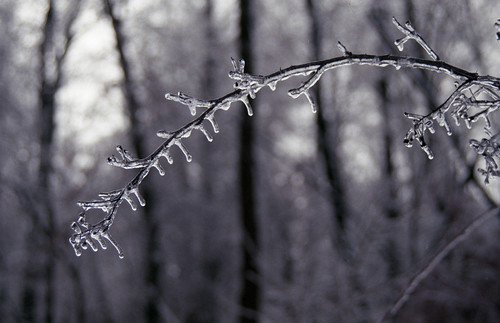As I write this, I'm on the final day of a trip to New Mexico. I've had precious little free time, which means the meeting I'm attending is actually pretty good.
I decided to make this a "Micro 4/3 only" trip, in an attempt to bond with my new GX7. I must say it's working. The image quality from this camera is stunning. I'm still not completely sold on how it feels in my hand, actually preferring the feel of either the earlier DMC-GX1 (which is also along for the trip), or one of the more SLR-shaped Lumix cameras (which I've now sold off).
Here's a shot I made at the Upaya Zen Center in Santa Fe:
Zen Heart, by Reed A. George
Panasonic Lumix DMC-GX7, Bower 7.5mm f3.5 Fisheye lens
I visited the Center for an early morning meditation session (7:00 am). It was really worth the drive up from Albuquerque, where I'm staying. I was back in time for my meeting.
(Click Here) to read about Upaya Zen Center. They host a no-charge meditation session every morning.
This silver heart pendant (about 2" in size) was attached to the fence around Upaya's community garden. My lens was about 4" away from it, which is one of the cool features of the fisheye. You can get very close focus. In the background, you can see the Center and the base of their windmill (on left) and prayer flags on the back fence (on right). I like how this single image has the focal point of the heart, but also includes a lot of information about the place.
I really am impressed by the image quality of the GX7. Now if I can just get comfortable with it in my hand.
DMC-365.blogspot.com
